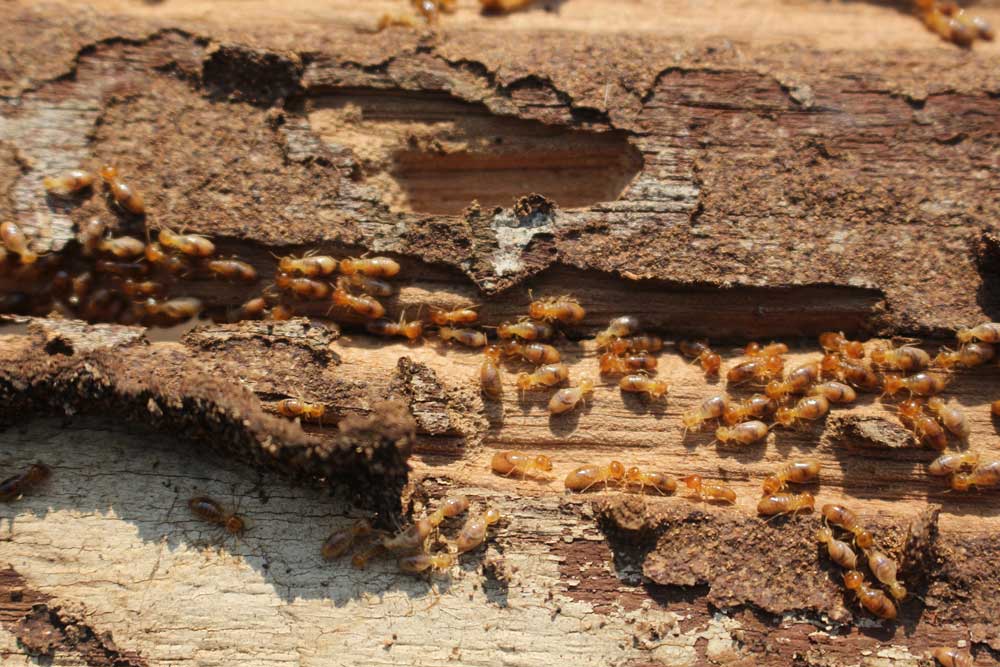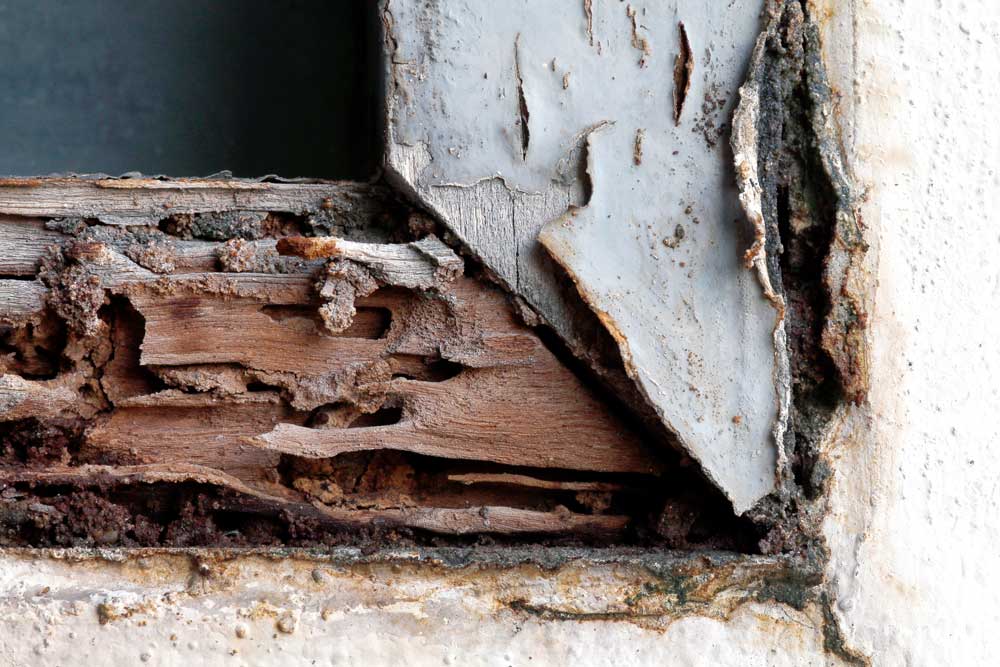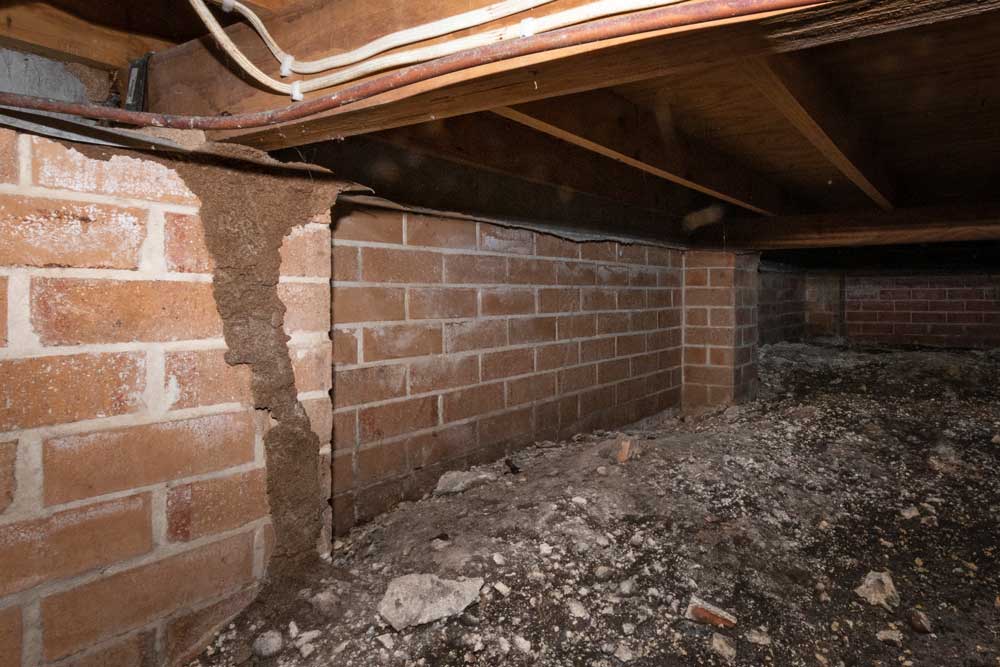
09 Dec Feeling terrified about the risk of termites?
Feeling terrified about the risk of termites?
Sub-floor ventilation is one of the most effective termite prevention strategies you can use
Termites. It’s a word that strikes fear into many Sydney homeowners.
Yes, for such small insects, these little critters can have a devastating impact on your property and, if left unchecked, can cause significant structural damage. And termites don’t just eat away at timber – they can also damage furniture, paper, fabrics including clothing and footwear, and even soft plastics, sealants and foam insulation.
Just like humans, termites tend to become more active in the summer months. As the weather warms up, termites can become more of a threat to your home. Let’s take a look at how termites can get into your home and what you can do to prevent them causing damage to your property.
How do termites get into your property?
Termites can nest in native trees and travel through the ground. With many Sydney properties being built with suspended timber floors, it can be easy for termites to get into your property. But how do they do it?
Termites love damp soil and will move through the ground under your home, building mounds up the internal brick work and using these mounds to reach the timber framework of your house.
So why does sub-floor ventilation help with termite prevention?
Most pest inspectors recommend sub-floor ventilation as an effective strategy to help control termites and prevent property damage. This is because ventilation dries out the mud tracks that termites travel through and dries out the exoskeletons of the termites. By drying the air, it creates an environment that is not conducive to termites.
This is why most properties are built with passive vents to provide sub-floor ventilation. However, passive vents rely on wind to create the necessary cross flow of air that will dry out the sub-floor area. For many Sydney properties, this just isn’t enough.
That’s why at Xchange Air, we recommend the use of mechanical fans in our sub-floor ventilation systems. By using fans, we can increase the through put of air, all day, every day, no matter what the wind conditions, which is perfect for a city like Sydney that can have periods of intense rainfall that can dramatically increase moisture under your home.
As well as installing sub-floor ventilation, of course you should also pay attention to the outside of your home such as any piles of timber in the garden, the condition of fences and any trees or stumps that could be harbouring nests of termites. Reducing the amount of accessible timber around your home is another important element of termite prevention.
The benefits of mechanical sub-floor ventilation
Drying the air under your home has many benefits. As well as drying the mud tracks that termites move through, it also:
- Protects your timber floors by reducing the risk of fungal decay (which can make your flooring softer and easier for termites to eat)
- Reducing mould spores and associated damp smells
- Protecting carpets and rugs that can be affected by sub-floor damp
Is sub-floor damp putting your home at risk?
We offer a free home assessment (within the Sydney metro area) to check your home’s ventilation and to provide quotes on mechanical sub-floor ventilation systems that are proven to be an effective termite prevention strategy. Phone us on 02 9427 8800 to make a booking.




Sorry, the comment form is closed at this time.